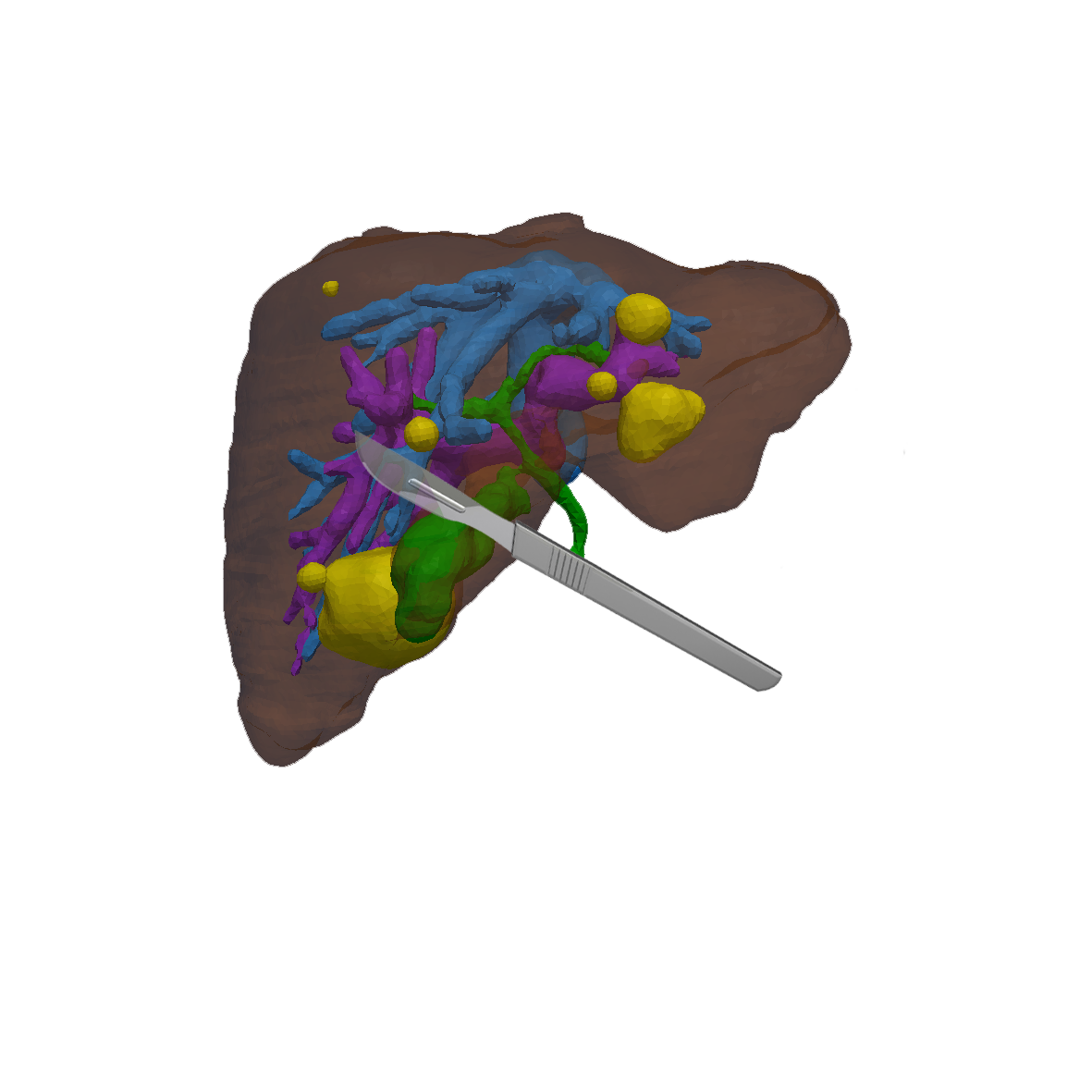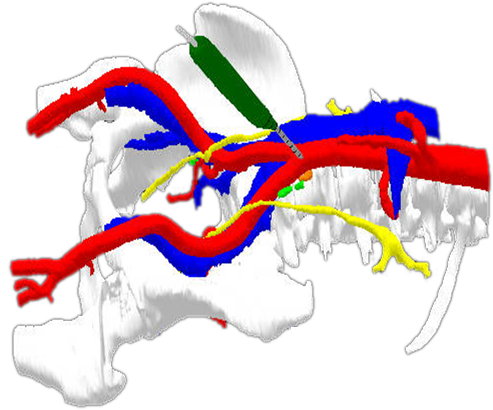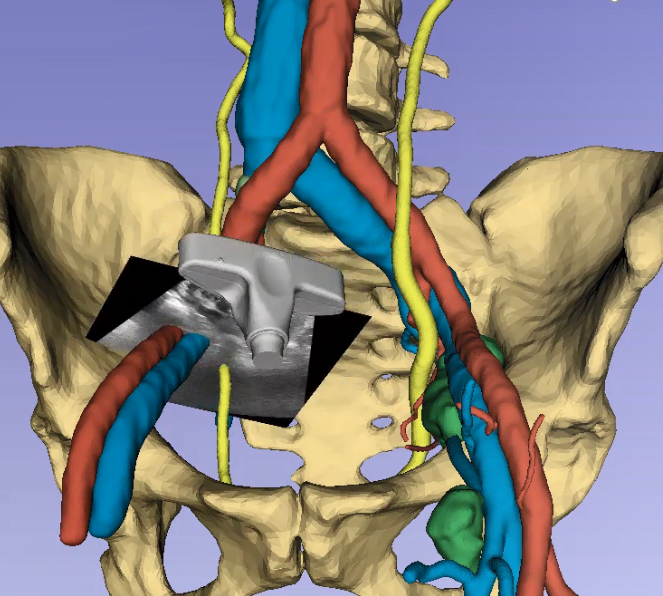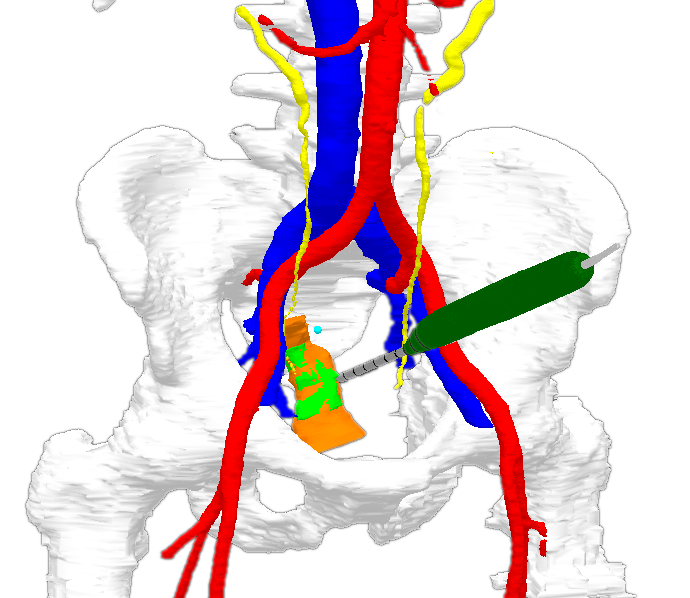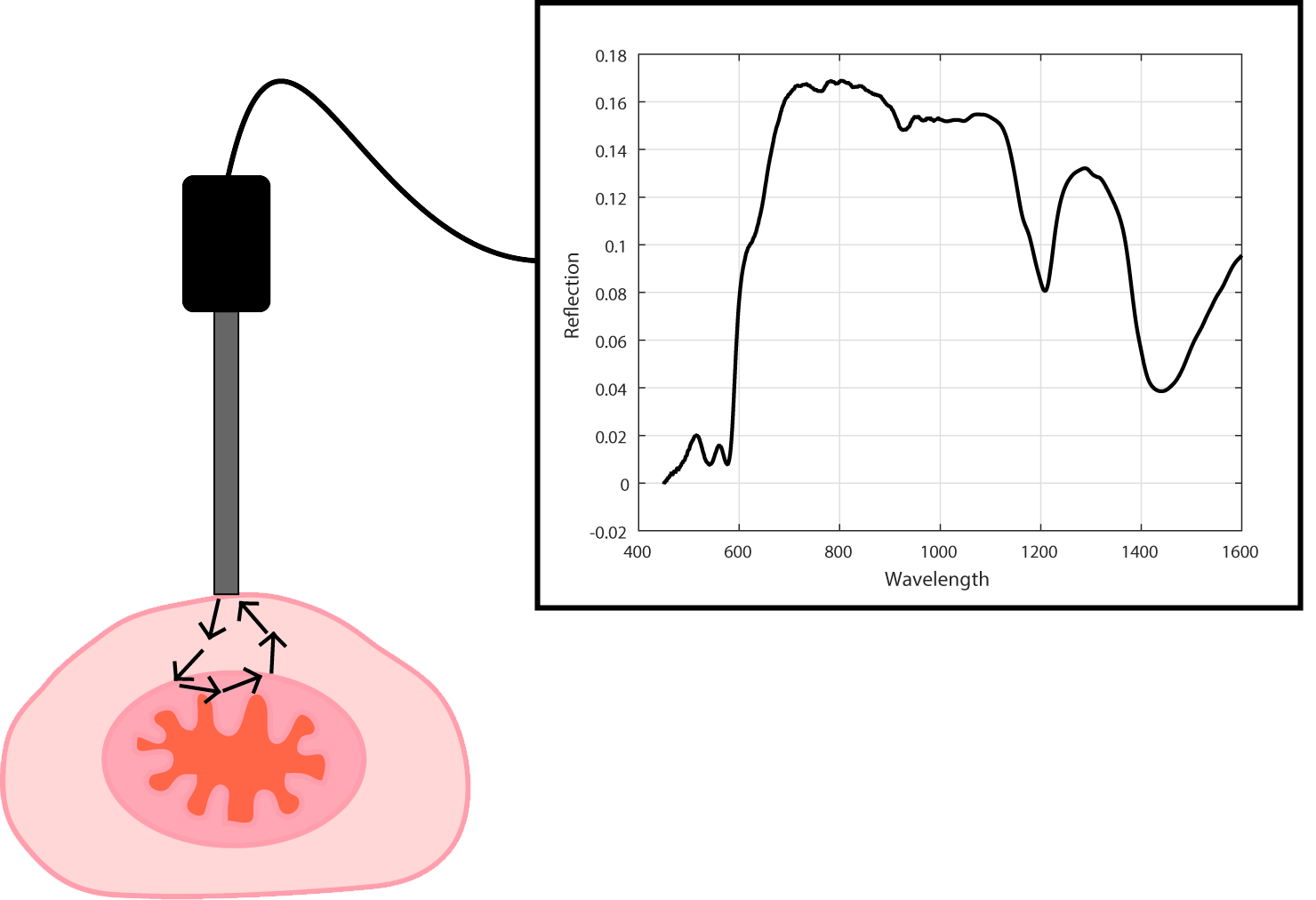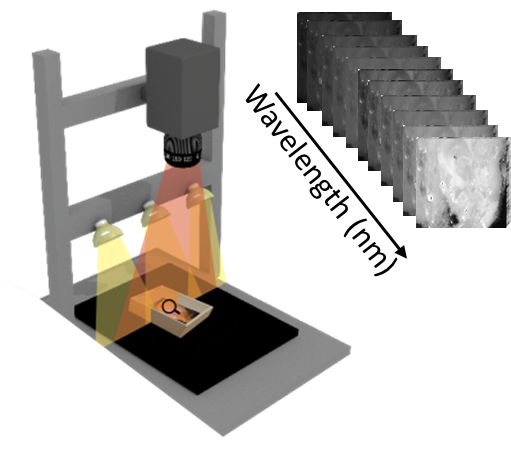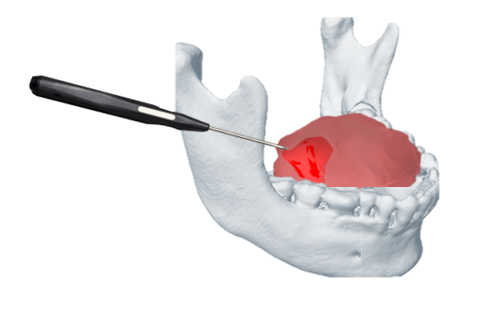Our clinical studies
The technologies listed below have been successfully translated - in close collaboration with Technical University Twente and commercial partners - from bench to bedside. Some techniques are currently introduced into the surgical workflow, while others are being evaluated within a broad range of surgical procedures and tested for efficacy and cost-effectiveness.
Tumor localization
A surgical electromagnetic navigation system guides the surgeon with high accuracy towards the location of the tumor tissue, while visualizing vital structures around the tumor. This allows the surgeon to find the tumor avoiding damage to critical structures.
Tumor treatment (surgical resection)
Smart surgical instruments with optical technology integrated in the tip are used to characterize the tissue around the tumor. This enables to discriminate healthy tissue from tumor tissue in areas where the surgeon is unsure about the nature of the tissue.
Assessment of tumor treatment
Immediately after tumor resection, the tissue is assessed with hyperspectral and multispectral cameras in the operation room. This is done to determine that the margins of the resected tissue are free of tumor. If tumor tissue is present at the margin of the removed tissue, an additional resection be can performed immediately.

